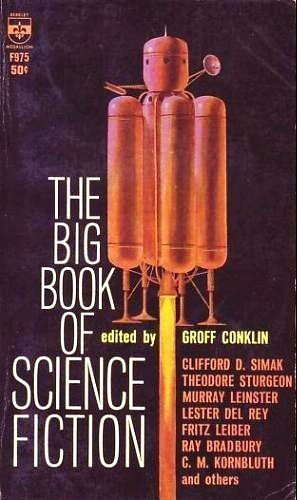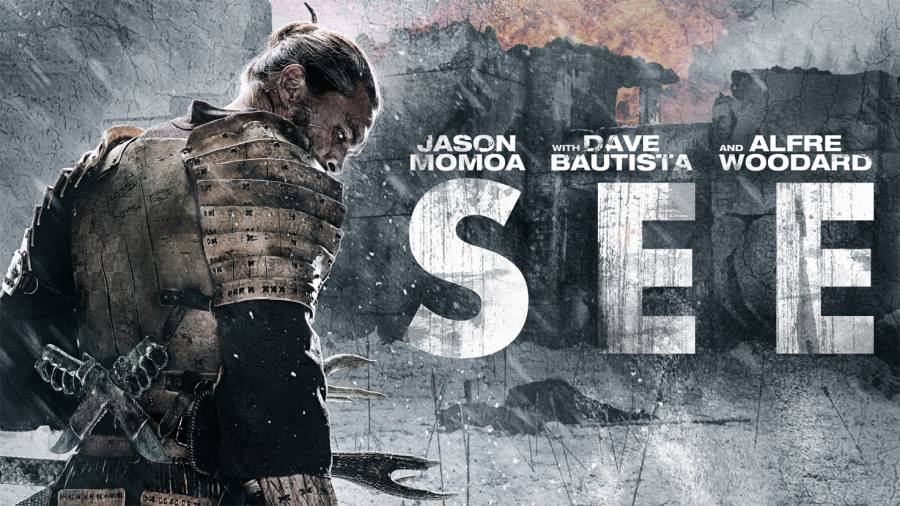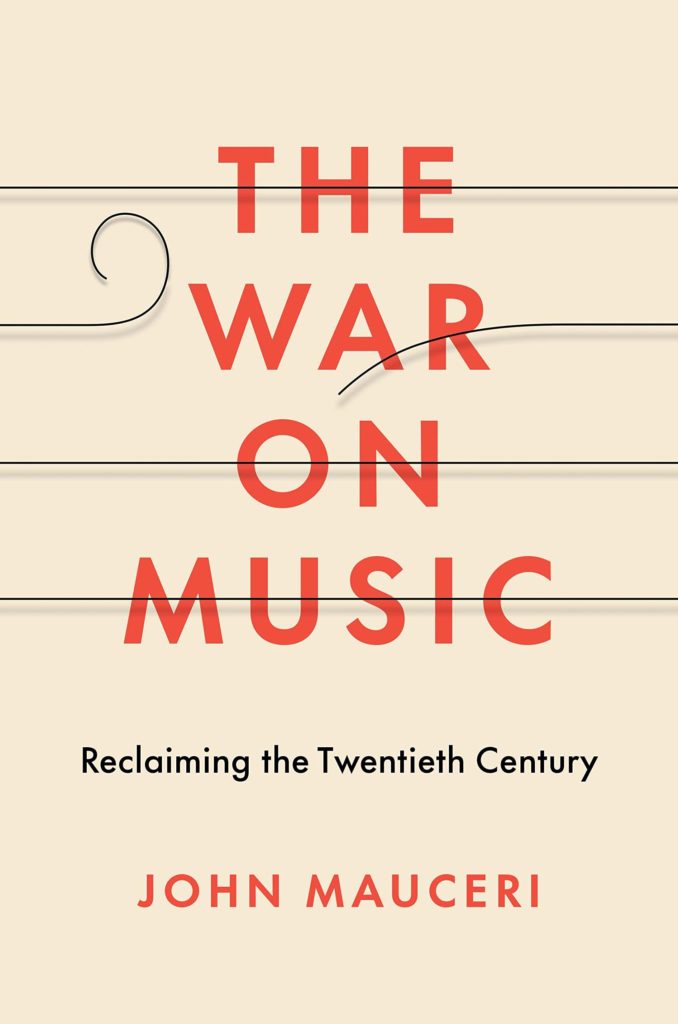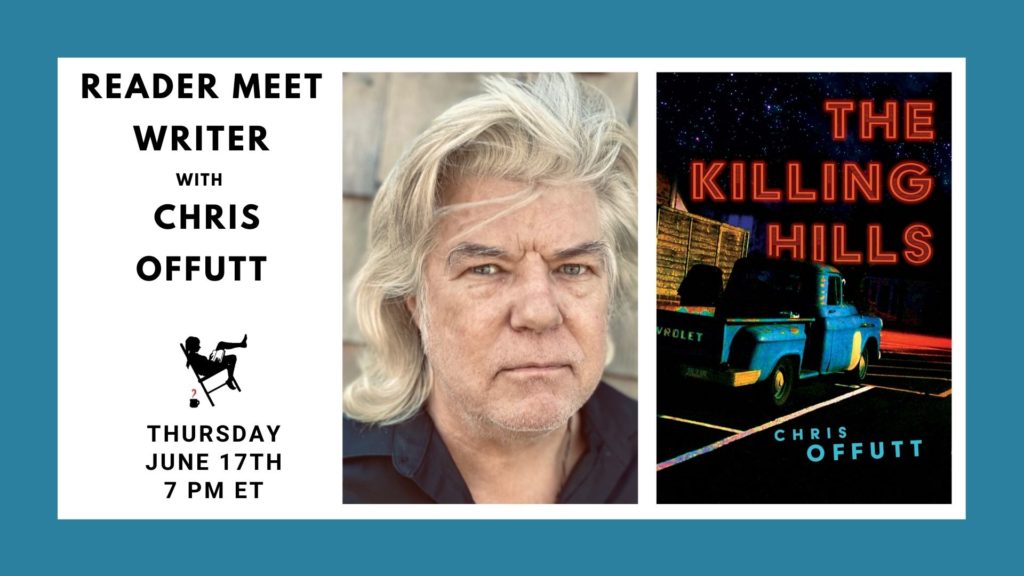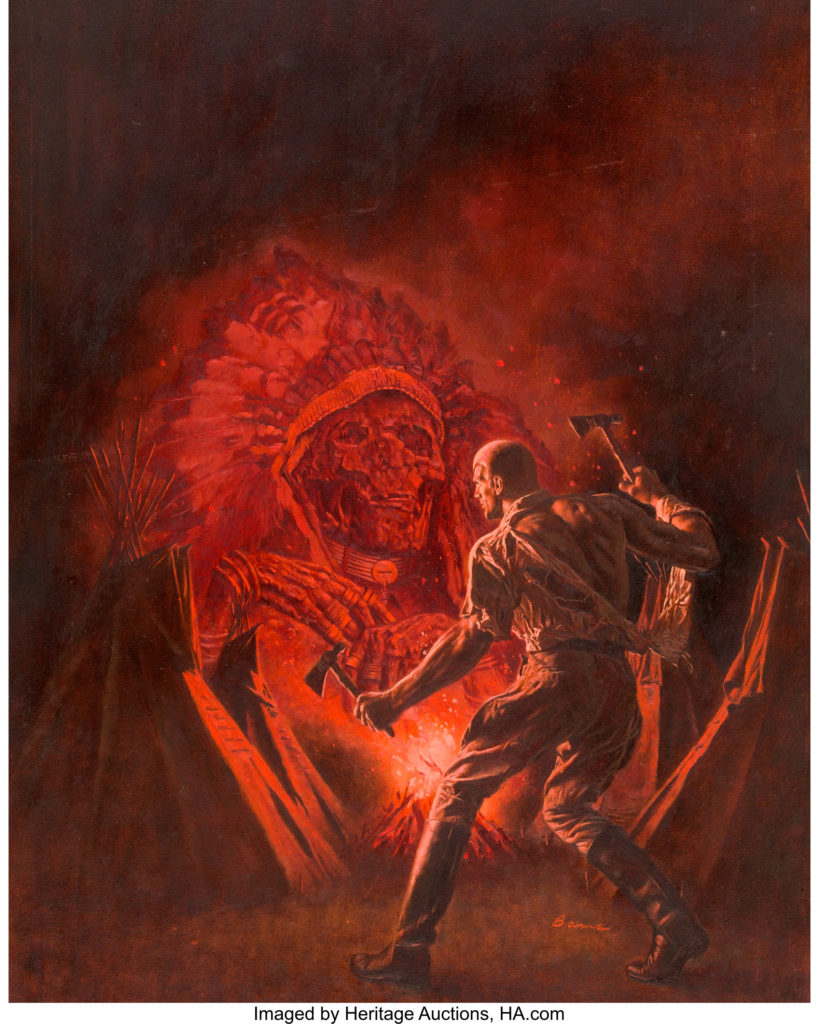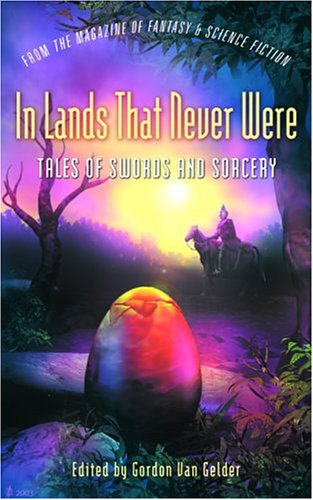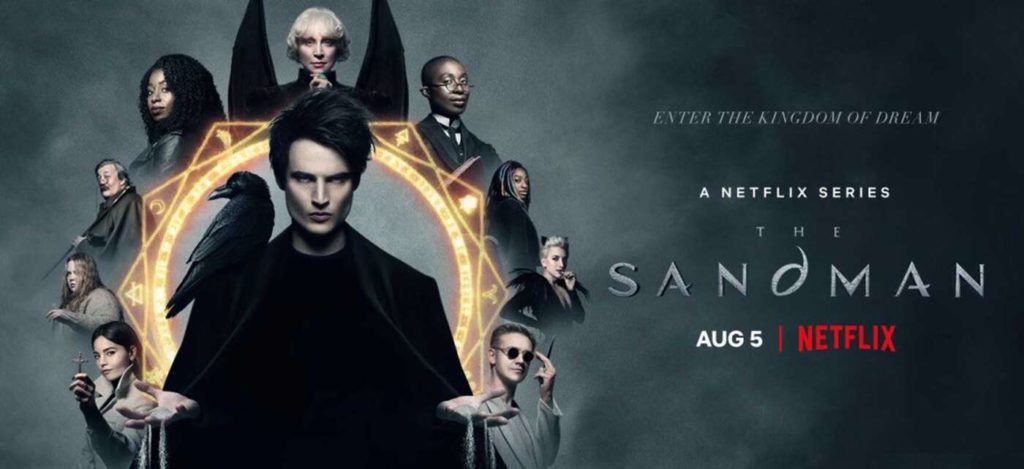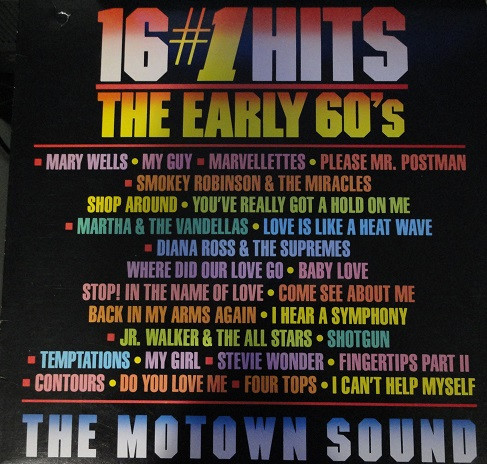
It would be hard to overestimate the impact of Motown hits in the 1960s. I found these two CD compilations which collect 32 Number One Motown songs from that decade. The Temptations and The Supremes led the way with multiple Number One hits. But, other Motown performers and groups found their way to the top of the charts, too. The Motown Sound was the sound of money!
Do you remember these Number One hits from the Sixties? Any favorites? GRADE: A (for both)
TRACK LIST:
| Smokey Robinson & The Miracles*– | Shop Around | ||
| The Marvelettes– | Please Mr. Postman | ||
| The Contours– | Do You Love Me | ||
| Smokey Robinson & The Miracles*– | You’ve Really Got A Hold On Me | ||
| Stevie Wonder– | Fingertips (Part II) | ||
| Martha And The Vandellas*– | Love Is Like A (Heat Wave) | ||
| Mary Wells– | My Guy | ||
| Diana Ross & The Supremes*– | Where Did Our Love Go | ||
| Diana Ross & The Supremes*– | Baby Love | ||
| Diana Ross & The Supremes*– | Come See About Me | ||
| The Temptations– | My Girl | ||
| Jr. Walker & The All Stars*– | Shotgun | ||
| Diana Ross & The Supremes*– | Stop! In The Name Of Love | ||
| The Four Tops*– | I Can’t Help Myself (Sugar Pie, Honey Bunch) | ||
| Diana Ross & The Supremes*– | Back In My Arms Again | ||
| Diana Ross & The Supremes*– | I Hear A Symphony |
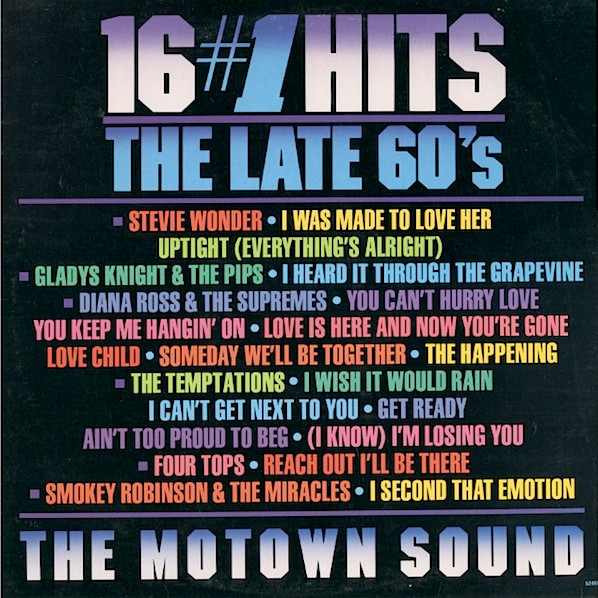
TRACK LIST:
| The Supremes– | You Can’t Hurry Love | ||
| Stevie Wonder– | Uptight (Everything’s Alright) | ||
| The Temptations– | Get Ready | ||
| The Temptations– | Ain’t Too Proud To Beg | ||
| Four Tops– | Reach Out I’ll Be There | ||
| Diana Ross & The Supremes– | You Keep Me Hangin’ On | ||
| The Temptations– | (I Know) I’m Losing You | ||
| Diana Ross & The Supremes– | Love Is Here And Now You’re Gone | ||
| Diana Ross & The Supremes– | The Happening | ||
| Stevie Wonder– | I Was Made To Love Her | ||
| Smokey Robinson & The Miracles– | I Second That Emotion | ||
| The Temptations– | I Wish It Would Rain | ||
| Diana Ross & The Supremes– | Love Child | ||
| Gladys Knight & The Pips*– | I Heard It Through The Grapevine | ||
| The Temptations– | I Can’t Get Next To You | ||
| Diana Ross & The Supremes– | Someday We’ll Be Together |
